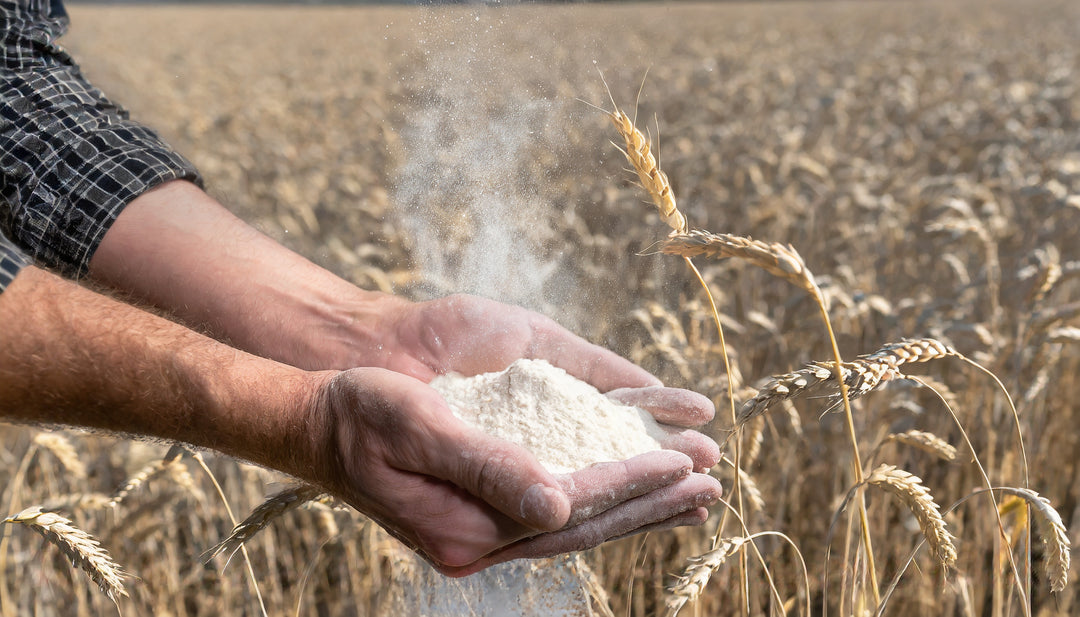How does sourdough fermentation improve nutrition absorbtion ?
Phytate removal is a big benefit of natural fermentation.
The fermentation process breaks down gluten and phytic acid, potentially making sourdough easier to digest for those with mild gluten sensitivities or digestive issues.
In grain, the principal store of phosphorus is found in the bran part of wheat; this is called phytic acid. This is basically natures built-in fertiliser to help strengthen the root at germination.
During the long, slow fermentation of sourdough, phytic acid is broken down which is important for digestibility and absorption. Unlike cows who have a compartment in their stomach for fermenting grass, humans don’t have a built-in fermentation process in our stomach to break down the acid.
Phytic acid acts to inhibit enzymes that are needed to break down the proteins and starch in our stomachs, and the lack of enzymes further results in digestive difficulties.
Phytic acid may cause bloating and flatulence in people suffering from irritable bowel syndrome.
In sourdough, the lactic acid bacteria produce an enzyme called phytase, which effectively ‘pre-digests’ the phytic acid during the extended fermentation. This partially neutralises the effects of the phytic acid and makes the bread easy for us to digest, while improving the bioavailability of the nutrients.
The result is enhanced nutrient absorption.
Phytic acid is considered an anti-nutrient. It also binds with minerals, such as calcium, magnesium, iron and zinc. This means that our body is unable to absorb and make use of these important nutrients.
Removal of phytic acid through fermentation, renders the minerals remain bioavailable, which is to say our bodies can use them. These nutrients include as iron, zinc, magnesium, and B vitamins.
Simply put, proper bread can be considered a nutritious whole food because of this.







